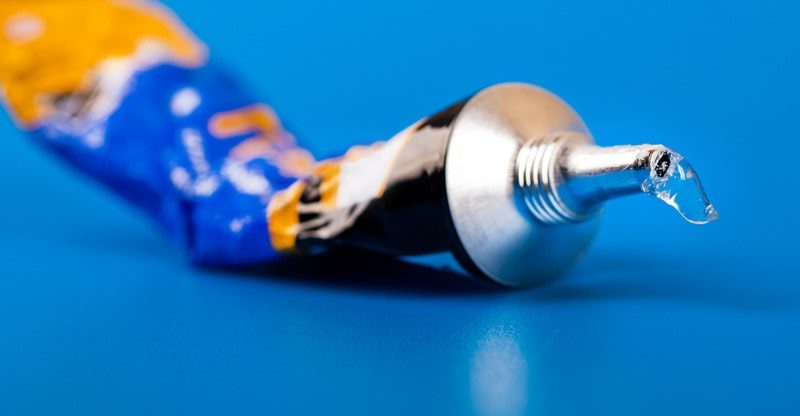Superglue by the Numbers: Fast Facts About Cyanoacrylate
Most of us know about and have used superglue—one of a class of adhesives called cyanoacrylates—and its miraculous ability to bond in just seconds, which is an impressive number. But let’s look at some other figures to put this masterful invention into perspective.
1942: The year a group of scientists led by Harry Coover, Jr. discovered a substance that stuck to everything it touched. The team had been searching for materials to use for clear plastic gun sights for the war, but cyanoacrylate (CA) didn’t cut it for that mission.
1958: The year of cyanoacrylate’s first commercial sale under the product name Eastman #910 by Eastman Kodak, where Coover and a colleague rediscovered the material and its market potential.
12 months: The shelf life for unopened CA. Refrigerate unopened bottles to best maintain their properties. This may vary based on product type, manufacturing, and storage environments, but they’re a good guideline for most CA products.
4 to 8 weeks: The shelf life for opened CA. Keep opened bottles securely capped at room temperature, since the moisture content in a refrigerator will condense and prematurely cure the adhesive.
50-70 degrees Fahrenheit: The ideal storage temperature for opened CA. To further prolong the shelf life of opened bottles, make sure the nozzle is clean and securely sealed; then tighten the cap or replace the pin. Storing the glue bottle in an airtight outer container with silica gel to remove any internal moisture will provide additional protection.
5 to 90 seconds: Superglue’s fixture time—that is, the amount time needed before you can safely rehandle the application being bonded. Stated another way, it’s also the time it takes for two fingers to get stuck together! Cyanoacrylate bonds instantly when exposed to any source of moisture, so skin adheres quickly. (If this happens, a soft point like a pen or pencil wedged between the bond can help, as super glue weakens with shear loads. Otherwise, acetone is one of the best home-based solvents for CA. Use with caution and wash well with warm, soapy water.)
Fixture time cures the adhesive to partial strength and can accommodate light handling. While CA adhesives gain most of their strength very quickly, the balance takes quite a bit longer.
3kg: In laboratory terms, this is the shear load weight superglue can handle when it has reached its fixture time. Remember superglue’s famous car-lifting-within seconds demonstration? The glue was showing its best feature: tensile strength, at only fixture time!
8 to 24 hours: Superglue’s full cure time, at which point it will reach full strength. Cure time depends on the surfaces engaged, their moisture absorption qualities, and the type of CA used. Although superglue is indeed a fast-curing glue, there are even faster types of cyanoacrylates. Surface insensitive types, for example, are super-fast curing; toughened types and hybrid epoxies are slightly slower curing.
200 degrees Fahrenheit: The maximum temperature for most applications of cyanoacrylates. Special applications can withstand up to 275 degrees Fahrenheit and high-heat variations of CA are available.
3,000 to 4,000 PSI (pounds per square inch): The tensile strength range of CA adhesives—which is why they’re well-suited for so many applications!
Chances are that your next superglue project won’t need an adhesive with a 2,500-pound tensile strength, but Gluegun.com’s selection of CA glues is sure to have the product you need to get your job done right.



